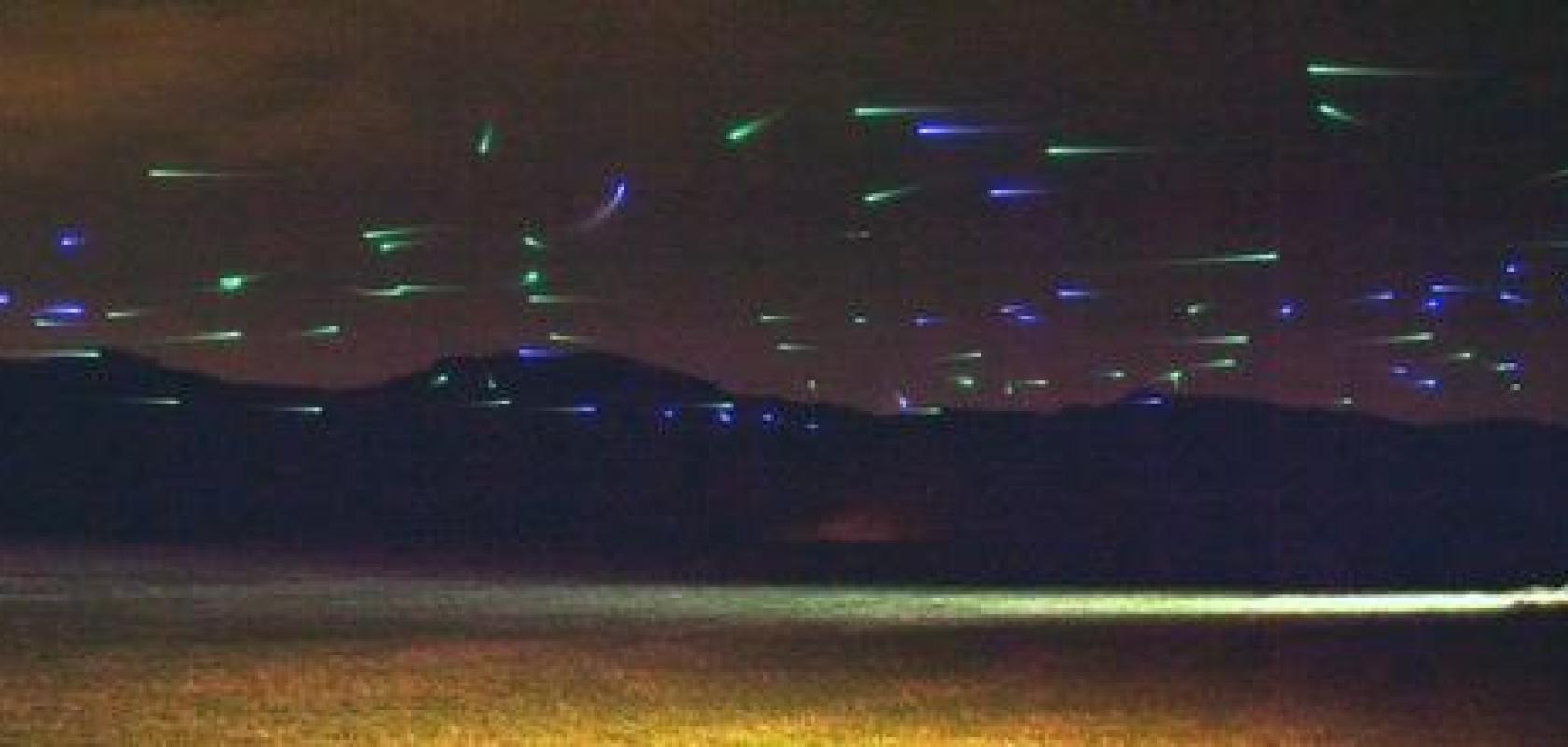Ten years on from creating the first self-organising drone flock, researchers at Eötvös Loránd University (ELTE) reveal the first large-scale autonomous drone traffic system.
The concept behind autonomous vehicles is that artificial intelligence is far better than humans at following rules, and as roads are simply giant rulebooks with lights pointed at them, autonomous vehicles are more capable of both following those rules and reacting when others don’t.
One of the major trust issues we have with autonomous vehicles, however, is that our roads are already used by humans. With slow reaction times and uncertain decision-making under pressure, specific human behaviours can be hard to predict, especially in times of stress. Our skies, on the other hand, are an (almost) untapped network of three-dimensional pathways. Therefore, it could be far simpler to allow artificial intelligence to take over our skies, than join us on the road.
Self-organising drone flocks
Back in 2009, researchers at the Eötvös Loránd University’s (ELTE) Department of Biological Physics began working on group robotics and drone swarms. In just five years they had successfully created a world first. Flocks of autonomous drones that self-organise themselves to behave as one with synchronised movement. Apart from replacing environmentally costly fireworks displays, however, self-organising drones have limited practical value. Now, 15 years after beginning the research, the group has published its work on an autonomous decentralised drone traffic model in two layers.
What’s the difference between flocks of drones and drone traffic?
In the original research, the drones were controlled in perfect synchronisation through coordinated movement – like birds in a flock. For drones to utilise the skies as a logistics network, however, they need to behave as individuals, following individual routes. But this also leaves them more susceptible to potential accidents – as air-traffic lanes could potentially stretch across three dimensions rather than two.
With the use of a specially-developed forward-thinking and real-time updating route planner, as well as traditional bio-inspired flocking models, ELTE researchers were able to ensure the drones could avoid traffic conflicts either via the route planner or by coordinating with neighbouring drones in their vicinity, just as a human road user would do.
Enabling future smart cities
With the use of this technique, up to 5,000 drones with varying speeds, origins, destinations and priorities could share the airways at high speed across two dimensions, while three-dimensional uses were also mapped, illustrating the possible solution for especially dense drone traffic.
Programmed onto a drone fleet owned by CollMot Robotics, a company formed at the Department of Biological Physics with the purpose of commercialising drone swarm technology, a “new phase of automated drone swarm operations can start across a wide range of applications,” said the group.
Optical-enabled self-organising drone swarms
This swarm of self-organising drones will allow CollMot Robotics to advance a number of current drone projects that utilise optical technologies, including delivering crop-quality mapping and yield estimation capabilities in agriculture, using a combination of multispectral and NDVI (Normalised Difference Vegetation Index – an algorithm that compares the intensities of near-infrared light and visible light reflected from crops to determine its health), and to kit out drone swarms with RGB and thermal imaging to check the conditions of the nesting sites of rare birds.


